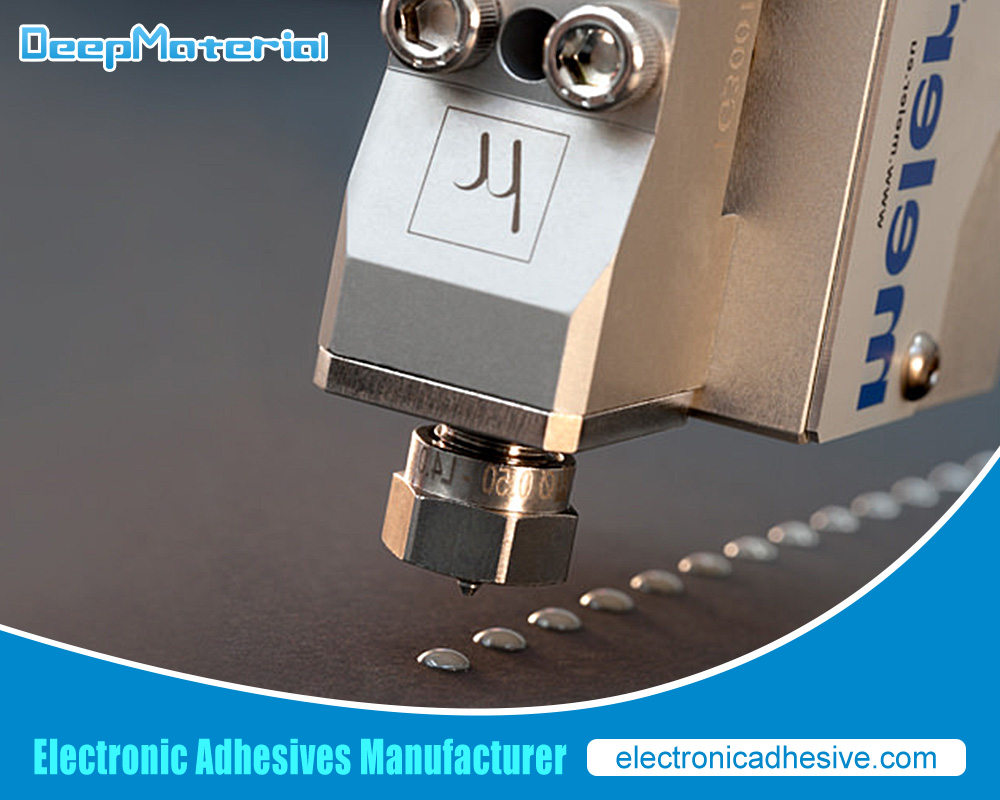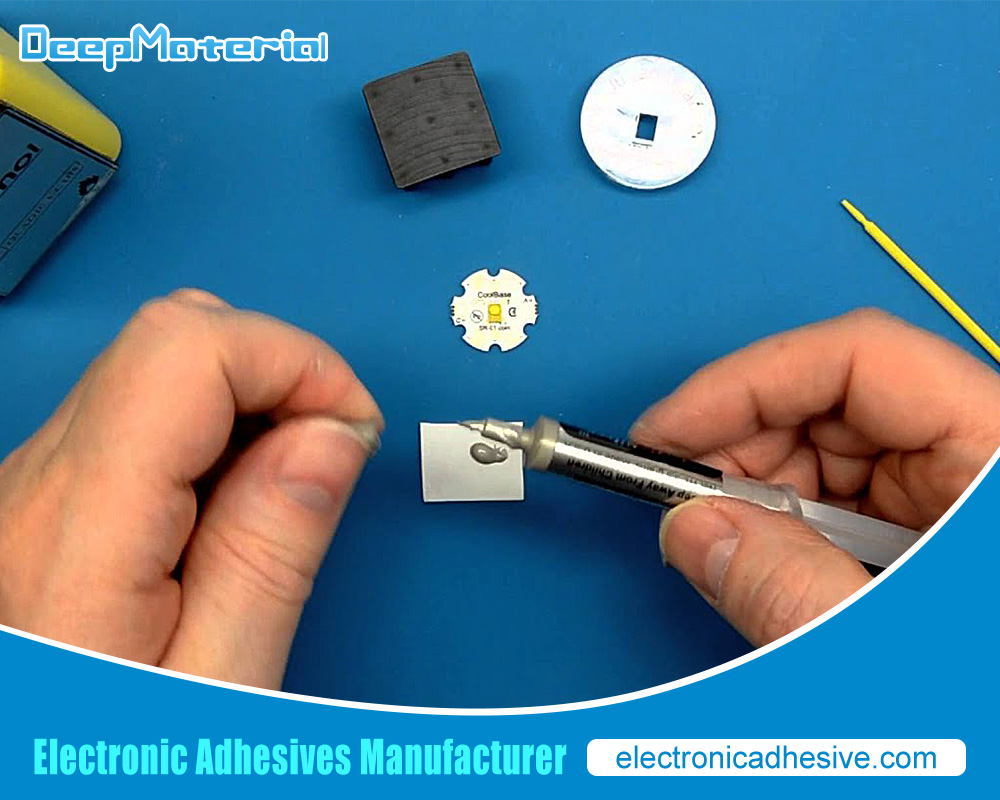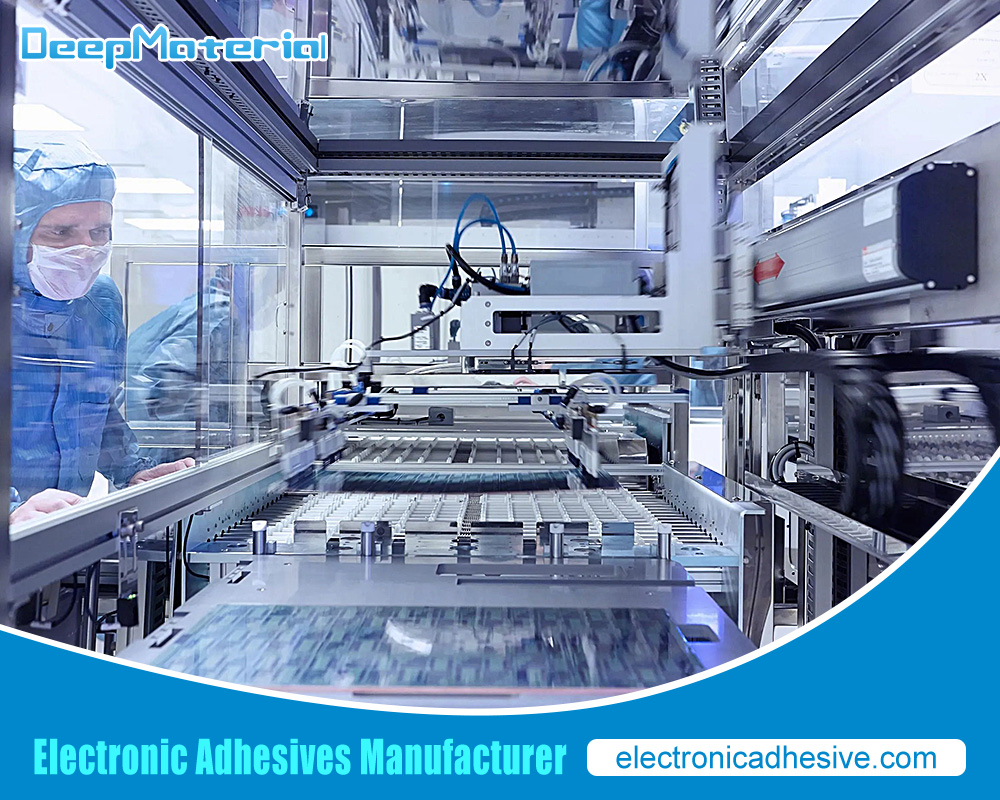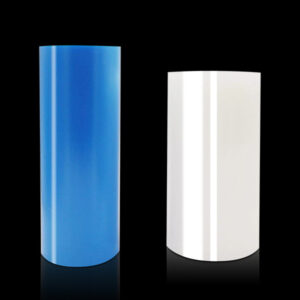Can Epoxy Potting Compound For Electronics Be Used On Sensitive Electronic Components Like Sensors or Microchips?
Can Epoxy Potting Compound For Electronics Be Used On Sensitive Electronic Components Like Sensors or Microchips?
You need an epoxy potting compound to shield sensitive electronic components like sensors and microchips from moisture, temperature changes, and physical strike-outs. Otherwise, we’re looking at an absolute meltdown.
This handy material creates a protective coating, keeping our tech running smoothly for the long haul. It’s a must if you want your fancy gizmos up and kicking.

Understanding Sensitive Electronic Components
We’re talking about those electronic components easily damaged by external factors – sensors, microchips, transistors and other integrated circuits. They must be precise and accurate for the devices or systems they power up to work correctly.
Moisture can cause corrosion of the parts and short out the circuitry, while temperature variations can put undue stress on even these little buggers – ruining their performance as a result! Vibrations or physical movement also knock around these sensitive pieces, making them unreliable when operating something important. External sources sure know how to muck things up quickly.
The Importance of Protecting Sensitive Electronic Components
The cost of destroying delicate digital bits can be tremendous. Not just in functionality, but broken components may cause system errors or unreliable readings. This can have dire consequences across various industries—from health care to aerospace and everything in between.
Replacing fragile digital parts isn’t cheap, especially when they’re unique or bespoke! And the time spent waiting for a new one causes severe losses regarding productivity and money-making. So securing them with epoxy potting compound is paramount for preserving reliability – think medical machines, communication networks and industrial power plants; their dependability needs defending if operations will stay safe and swift!
Can Epoxy Potting Compound be Used on Sensors and Microchips?
Are you pouring epoxy potting compound on those tiny, sensitive sensors and microchips? You’d better think twice. Before committing to this decision, you’ll need to consider a handful of factors like material compatibility, temperature tolerance, hardening time and process – all coming together as if part of some cosmic puzzle.
We must recognize the many benefits of such an arrangement, too. Epoxy’s tough as nails when it comes to shielding against moisture or any other hazards your hardware may have to endure, forming an almost impenetrable seal around your components so closely related that not even the most potent acid can slip between them.
Beyond safety assurance, though, epoxy also serves a structural auxiliary role – stabilizing each piece while providing reliable support for those delicate workloads magicked up inside these minuscule packages of techno-wonderment.
Factors to Consider Before Using Epoxy Potting Compound on Sensitive Electronic Components
A few considerations must be considered before whipping out some epoxy potting compound on delicate electronic hardware. That means carefully weighing up compatibility with individual components, how the temperature and environment might affect it, plus finding your way through that often tricky curing time and process.
Complimenting components is critical. Otherwise, you risk the sticky stuff playing havoc with them internally – something other than what you want to chance! It’s, therefore, prudent to get hold of the manufacturer’s recommendations for peace of mind or even run specific tests if you can.
Temperature and outside elements influence epoxy, too – watch out for any marked limits here, as certain conditions may blow past those restrictions rapidly and could cause lasting deterioration in damaging chemicals or solvents.
One last job remains: selecting that perfect spot when it comes to curing times as this impacts things like its potency before settling back down post-cure – so don’t skip over reading up on the application insights from zinc sticks like dermatologists have printed them! Put more bluntly: always double-check guidelines or risk plasma waves coming off these items all day.
How to Apply Epoxy Potting Compound on Sensitive Electronic Components
Working with delicate electronic parts requires extreme delicacy and precise following of instructions – here are the nuts and bolts on applying epoxy potting compound.
Prepare the components
First, you’ve got to clean your components correctly, scouring off every spec of dust or grime – remember that they need to stay dry during the process!
Mix the epoxy
It’s time for some mixology; make sure you take out your cleanest container and follow those manufacturers’ directions as best you can when you start stirring; blend it quickly until everything’s combined perfectly.
Apply the epoxy
Now, mindfully pour or release portions of the epoxy in each part so nothing’s too filled up. But don’t forget about those sneaky air bubbles! Industriously utilize a vacuum chamber or an atmospheric vacuum pressure manoeuvre to suck down all those interlopers until its void-free perfection!
Cure the epoxy
Finally, grab an oven depending on what delivery method is indicated on the manufacturer’s advice: maybe 20 minutes at 350°F will do it. Or if room temperature instructions are listed there, go ahead. Just ensure it gets enough time to cure.
Common Mistakes to Avoid When Using Epoxy Potting Compound on Sensitive Electronic Components
Accurately safeguarding sensitive electronics is essential – don’t just wing it! When using epoxy potting compound, there are mistakes you should avoid; otherwise, your components may suffer irreparable damage.
These are overfilling or under-dosing the mix, not blending the compound correctly according to the manufacturer’s directions, and, finally, hasty curing time, which can lead to fragile results.
Check off each mistake on your list and remember the fixing moments for each of them–following guidance provided by manufacturers like a hawk to ensure protection for delicate electronic materials.
Then, do deliberate tests before giving this repair job the go-ahead so performance and reliability aren’t hindered. Safeguard those comps religiously! Follow these steps, and you won’t regret it later.

Final thoughts
Ultimately, epoxy potting compound is an optimal guard for delicate electronic components. It shields them from any moisture and climate change and gives the device some extra durability against tension or physical damage. It ensures your device seizes up all that powerful protection with its trusty barrier and reinforcement abilities.
Still, before taking the plunge with this compound, you must mull over criteria such as compatibility with other systems parts and temperature-related measures – like curing time.
It’s essential to avoid making silly mistakes that can go a long way, i.e., stuffing or skimping on fillings in a component during the installation process, not stirring properly before beginning application, insufficient curing duration of the said module.
For more about choosing the Top Epoxy Potting Compound For Electronics, you can pay a visit to DeepMaterial at https://www.electronicadhesive.com/about/ for more info.











